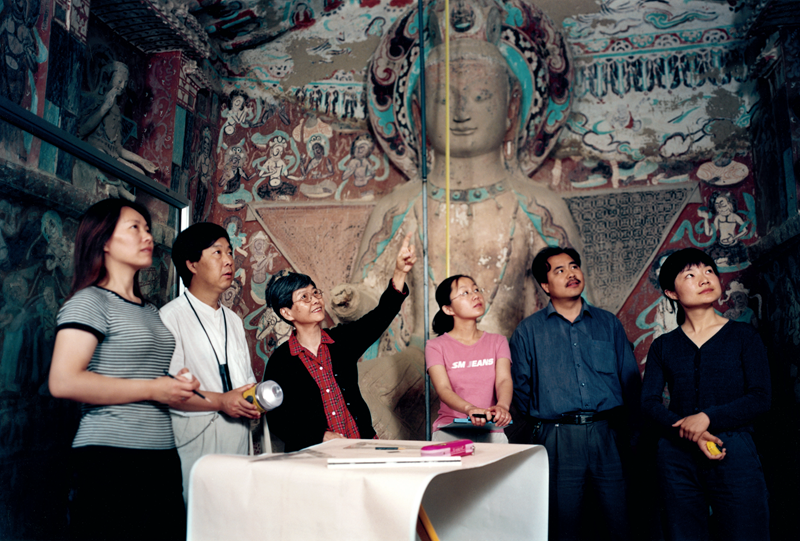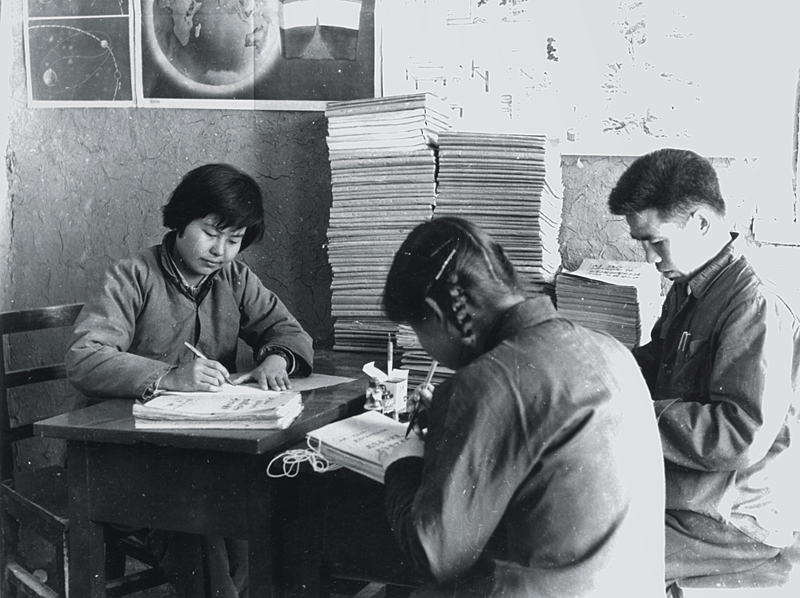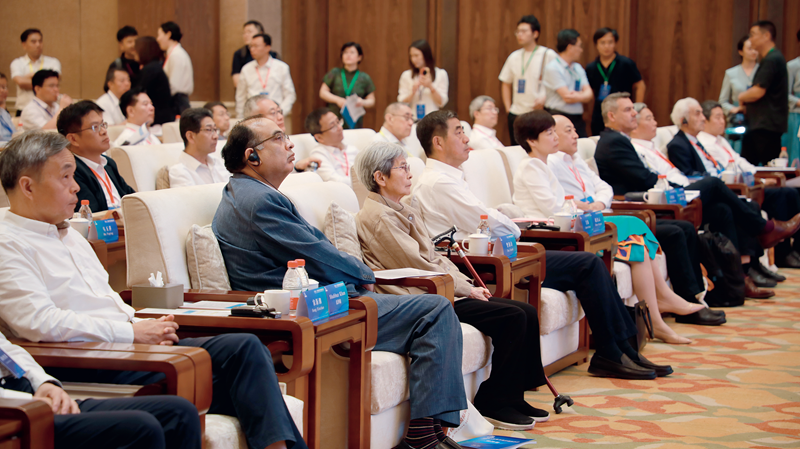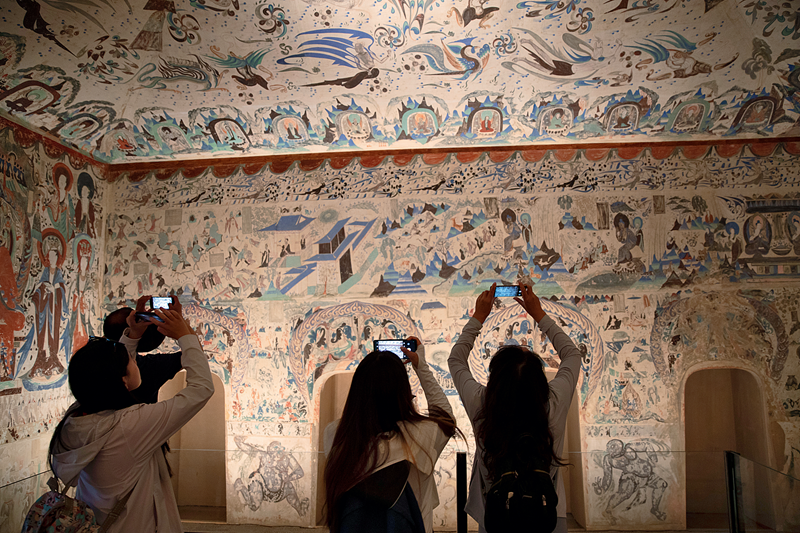Fan Jinshi: The Daughter of Dunhuang

Fan Jinshi, honorary president of the Dunhuang Academy, has spent the past 61 years in Dunhuang. Over the decades, she has been inseparable from the Mogao Grottoes and spent most of her days escorting the grottoes into a new era of preservation, research, promotion, and management.
In 1963, Fan began working at the Dunhuang Academy after graduating from the School of Archaeology at Peking University. The harsh working and living conditions upon arrival could hardly dampen her enthusiasm for researching the ancient grottoes. She used archaeological research methods to study the murals and painted sculptures in each cave, determining their chronological relationships. Since the 1960s, she and her colleagues have completed a chronological classification of the Dunhuang caves from the Northern Dynasties (439-581), Sui (581-618), and early and middle Tang (618-907) periods, providing a scientific basis for the protection and research of the Dunhuang grottoes.

Fan Jinshi (first left) at work in 1964. (Photo courtesy of the Dunhuang Academy)
In 1994, Fan Jinshi took charge of restarting a project to compile data on everything in the Dunhuang grottoes. The project had been proposed in the 1950s and suspended in the 1960s. She reworked the plans for a 100-volume collection and set editorial conventions for the archaeological report Complete Collection of Dunhuang Grottoes. In 2011, the first volume of the Complete Collection of Dunhuang Grottoes, titled Archaeological Report on Caves 266-275 of the Mogao Grottoes, co-authored by Fan Jinshi and her coworkers, was published. The second volume was published in January 2024.
The report is characterized by objective and detailed textual records, meticulously drawn surveying and mapping diagrams, high-resolution photos, and digitally stitched images, which complement each other while presenting a comprehensive view of the murals. It represents an important academic achievement of the Dunhuang Academy. It has laid the foundation for subsequent volumes of the Complete Collection of Dunhuang Grottoes and provided valuable reference and guidance for other grotto conservation and research institutions in China tasked with compiling archaeological reports. It has received widespread recognition from scholars both domestically and internationally.
The Mogao Grottoes boast 735 caves, over 2,400 statues, 45,000 square meters of murals, and more than 50,000 documents unearthed from the Library Cave. Fan stressed that a lifetime is not enough to complete the archaeological reports. Compiling the 100 volumes of archaeological reports could take centuries and requires continuous efforts across several generations.
Fan began to serve as the president of the Dunhuang Academy in April 1998. Under her leadership, the academy launched the Digital Dunhuang project in 1999, which involves capturing the caves, murals, colored sculptures, and all cultural relics related to Dunhuang in high-definition digital images. The project also works to compile Dunhuang documents, research findings, and related materials scattered around the world into electronic archives, using digital technology to preserve information permanently. New technologies involving measurement, remote sensing, computer vision, artificial intelligence, virtual reality, augmented reality, and cloud computing are deployed to reconstruct the cultural heritage. By the end of 2023, the Dunhuang Academy had completed digital collection of murals in 295 Dunhuang grottoes and scanning of 50,000 historical archive negatives.

Fan also proposed the construction of a digital exhibition center for the Mogao Grottoes in Dunhuang in 2003. The center was completed and opened to the public in 2014, revolutionizing the previous single-mode tourism experience where visitors spent around two hours exploring the grottoes. Now, visitors first watch a digital movie to understand the past and present of Dunhuang before boarding shuttles to visit the Mogao Grottoes. This approach shortens the duration of visitors’ stay in the grottoes, balancing volume of visitors at any time, and increases the total flow into the grottoes each day, achieving a win-win result for both cultural heritage protection and utilization.
“The protection of cultural heritage must be proactive, and all decisions must be based on pragmatic and factual research,” said Fan.
Fan is always happy to spend the Chinese New Year in Dunhuang because it feels like home by now. Sometimes, to escape the hustle and bustle on the first day of the Chinese New Year, she takes a small stool into the grottoes to admire the murals before returning to her room to read and write. When she enters a grotto, all her worries disappear, and her heart is at ease. “It was my destiny to serve as a guardian of the Mogao Grottoes.”
